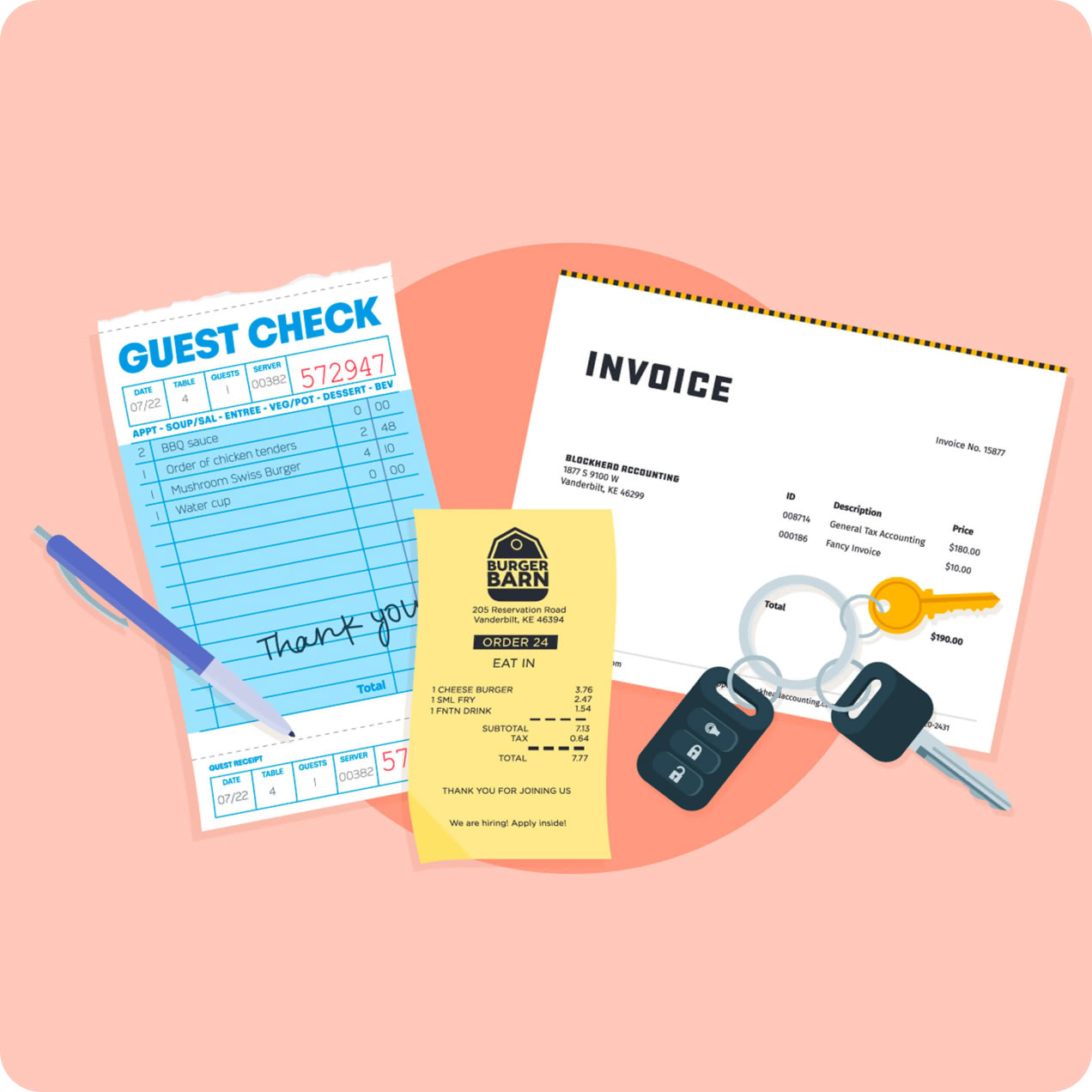
Here's how Advanced Budgeting aligns with curriculum standards in Arkansas. Use the filters to change the location, set of standards, and grade level.
Standard 1.0: Assess the role of money in personal finance.
Performance Indicator 1.3: Analyze income, payroll, and employment forms.
Standards
Defined by Financial Literacy Model Framework 10th-12th Grades and align with Advanced BudgetingPerformance Indicator 1.4: Assess the role of budgeting in meeting financial goals.
Standards
Defined by Financial Literacy Model Framework 10th-12th Grades and align with Advanced BudgetingPerformance Indicator 1.5: Assess the impact of interest on borrowing and investing.
Standards
Defined by Financial Literacy Model Framework 10th-12th Grades and align with Advanced BudgetingStandard 2.0: Analyze the services financial institutions provide for consumers.
Performance Indicator 2.2: Investigate types of consumer protection and concepts of credit abuse and fraud.
Standards
Defined by Financial Literacy Model Framework 10th-12th Grades and align with Advanced BudgetingStandard 3.0: Demonstrate the ability to use credit as a financial tool.
Performance Indicator 3.1: Evaluate the use of credit in effective financial management.
Standards
Defined by Financial Literacy Model Framework 10th-12th Grades and align with Advanced BudgetingPerformance Indicator 3.2: Assess the impact of using credit cards to manage credit.
Standards
Defined by Financial Literacy Model Framework 10th-12th Grades and align with Advanced BudgetingStandard 4.0: Evaluate the use of insurance for risk management.
Performance Indicator 4.2: Investigate types of insurance available in the marketplace.
Standards
Defined by Financial Literacy Model Framework 10th-12th Grades and align with Advanced BudgetingStandard 6.0: Determine financial strategies used to meet personal goals.
Performance Indicator 6.2: Evaluate housing options in relation to achieving financial goals.
Standards
Defined by Financial Literacy Model Framework 10th-12th Grades and align with Advanced Budgeting